The debate surrounding audiophile cables often feels like a clash between two distinct worlds: one governed by the rigorous principles of electrical engineering, and another guided by the subjective, almost mystical experiences of dedicated enthusiasts. This discussion has persisted for decades, fueled by passionate testimonials on one side and skeptical, measurement-based analyses on the other. To many outside the high-fidelity community, the idea that a simple cable could profoundly alter sound quality seems far-fetched, if not entirely irrational. Yet, for those deeply invested in the pursuit of audio perfection, the differences are not just audible but transformative. The central question remains: are these perceived enhancements rooted in measurable scientific reality, or are they a product of expectation bias and psychological suggestion—a form of modern audio mythology?
From a scientific standpoint, cables serve a fundamentally simple purpose: to transmit an electrical signal from one component to another with as little alteration as possible. Engineers measure performance using objective criteria such as resistance, capacitance, inductance, and impedance. These properties can influence how a cable behaves, particularly over long distances or at very high frequencies. For instance, excessive capacitance might roll off high frequencies in certain analog interconnects, while poor shielding can introduce noise or interference. However, in typical home audio setups with cable lengths under a few meters, these effects are often negligible and frequently fall below the threshold of human hearing. Well-designed, competently manufactured cables that meet basic technical standards should, in theory, perform identically for a given application. This perspective suggests that beyond a certain point of technical adequacy, further investment yields diminishing returns, and any dramatic sonic differences are likely illusory.
Conversely, the audiophile community presents a compelling counter-narrative based on subjective listening experiences. Enthusiasts report hearing significant improvements with high-end cables, describing enhancements in soundstage width, instrumental separation, bass articulation, and overall clarity. These are not vague claims; they are often detailed and consistent among users who invest in premium products from reputable manufacturers. The cables themselves are frequently works of art, constructed with high-purity metals, sophisticated geometries, and advanced dielectric materials. Proponents argue that while basic measurements like resistance are important, they don't tell the whole story. They believe that subtler interactions—how the cable handles micro-dynamics, time-domain performance, or RFI rejection—can have audible consequences that current measurement techniques fail to fully capture. For them, the proof is in the listening, not just the oscilloscope reading.
This leads directly into the powerful realm of psychology. The human brain is not a perfect measuring device; it is highly susceptible to bias. The placebo effect is well-documented in audio. If a listener believes a more expensive, better-constructed cable will improve sound quality, their brain may very well perceive that improvement, regardless of the physical signal's integrity. Double-blind listening tests, where neither the listener nor the administrator knows which cable is being used, have repeatedly struggled to confirm the dramatic differences reported in sighted evaluations. This strongly suggests that expectation, brand perception, and aesthetic appreciation play enormous roles in the experience. The very act of purchasing a luxurious, heavy, well-terminated cable can create a powerful preconception of superior performance that influences subjective judgment.
The market for high-end audio cables is a multi-million dollar industry, which adds an economic dimension to the debate. Manufacturers and retailers have a vested interest in promoting the idea that cables are a critical component. Marketing language often leans on techno-babble and pseudo-scientific jargon to explain why their product is superior, sometimes referencing concepts from outside the realm of electrical engineering or making claims that are difficult to verify or measure. This commercial ecosystem sustains the debate, fueling both the hopes of audiophiles seeking the next upgrade and the skepticism of critics who see it as exploitation. The high price tags are often justified by rare materials, complex construction processes, and extensive research and development, but the direct correlation between cost and measurable performance remains tenuous at best.
Perhaps the most rational approach to the cable debate lies in a middle ground that acknowledges both perspectives. It is unscientific to dismiss all subjective reports outright, as human perception is complex and not yet fully understood. Likewise, it is unrealistic to ignore the overwhelming evidence from physics and engineering that defines the fundamental limits of signal transmission. The truth likely resides in specific, edge-case scenarios. Perhaps in exceptionally resolving systems, with highly sensitive speakers and amplifiers, or in environments with unusual electromagnetic interference, subtle cable differences might become perceptible. For the vast majority of systems and listeners, however, the law of diminishing returns applies aggressively once a baseline of quality is met.
In the end, the question of whether audiophile cables are science or myth may be missing the point. For the enthusiast, the pursuit of perfection is a hobby, and the emotional and psychological satisfaction derived from fine-tuning a system with premium components is a real value, even if it cannot be measured on a graph. The experience of music is inherently subjective and emotional. If a beautifully crafted cable brings its owner joy and a deeper engagement with their music, then it has served a purpose, regardless of the underlying science. The debate itself is a testament to the passion that audio inspires. It underscores a beautiful tension between the objective world of engineering and the subjective world of human experience, a tension that ultimately drives the hobby forward, fostering both innovation and community.

By /Aug 22, 2025
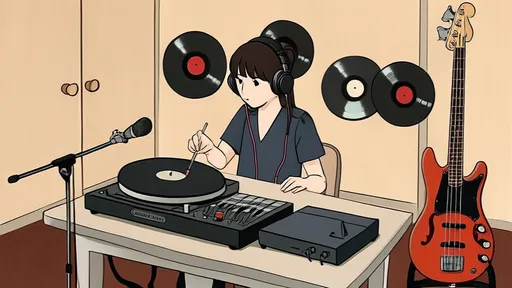
By /Aug 22, 2025
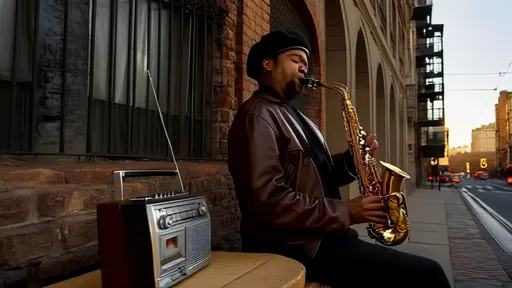
By /Aug 22, 2025

By /Aug 22, 2025

By /Aug 22, 2025
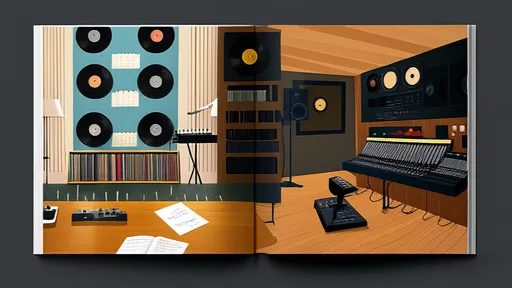
By /Aug 22, 2025
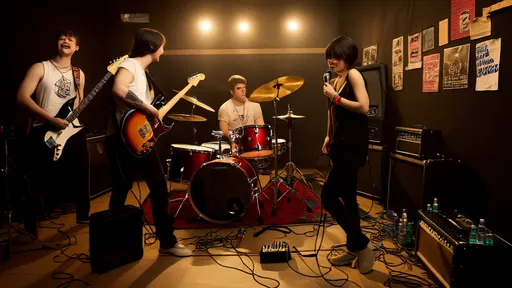
By /Aug 22, 2025

By /Aug 22, 2025

By /Aug 22, 2025

By /Aug 22, 2025

By /Aug 22, 2025

By /Aug 22, 2025

By /Aug 22, 2025

By /Aug 22, 2025

By /Aug 22, 2025

By /Aug 22, 2025

By /Aug 22, 2025

By /Aug 22, 2025
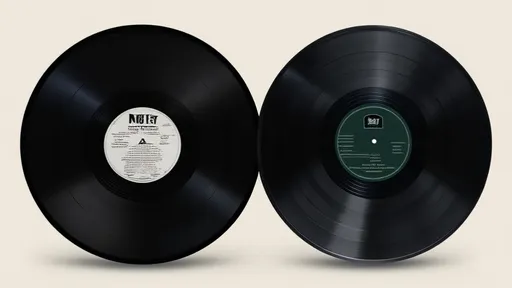
By /Aug 22, 2025

By /Aug 22, 2025